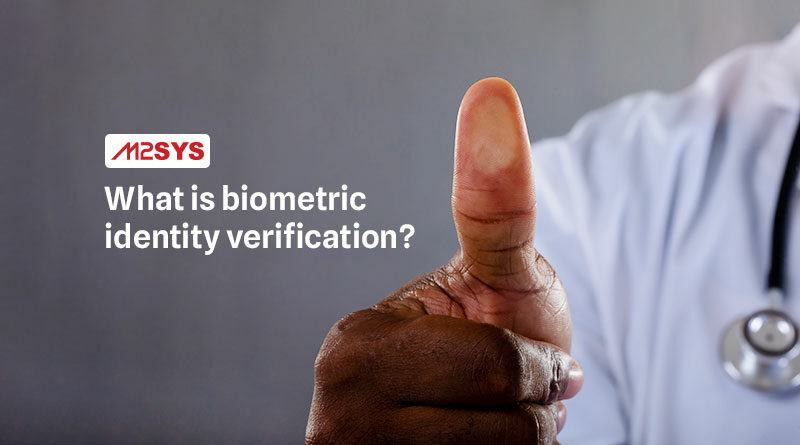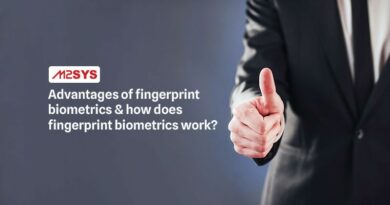What is a biometric identity verification system?
For decades, biometric identity verification has been employed. The introduction of various biometric identity verification systems has made biometrics more accessible. Biometric identity verification systems have been implemented in practically all important areas, from personal use to the government to healthcare. In this article, we will discuss biometric identity verification and how the system works.
What is biometric identity verification?
Biometric verification refers to any method that allows a person to be identified individually by assessing one or more different biological traits. Biological identifiers include fingerprints, retina patterns, facial features, and finger veins.
Fingerprints were the first type of biometric verification. In ancient China, thumbprints were used as unique identification on clay seals. Biometric verification was advanced through the use of computerized databases and the digitalization of analog data. Identification has become virtually instantaneous thanks to new technologies. Biometrics for identity verification has witnessed a tremendous increase in utilization as a result of the cloud-based biometric identification system.
Most people are probably more acquainted with biometrics than they realize. Many consumer devices, such as computers and cellphones, now have biometric authentication. The widespread use of fingerprint identification in smartphones is without a doubt one of the most common biometrics in our daily lives. Many electronic devices, such as displays and touchpads, can be simply converted into fingerprint scanners.
Second, voice recognition is used to identify and authenticate customers by specialized digital assistants and telephone-based businesses. Voice recognition has grown in popularity since the advent of AI and intelligent assistants such as Amazon’s Alexa and Apple’s Siri. Finally, facial recognition technology is a type of biometrics that is commonly used. This method can be applied to any device that has a camera. Many of us, for example, now have smartphones that can be unlocked using our faces.
How does a biometric verification system work?
The process for verifying biometric data is relatively uniform from one biometric verification system to the next. There are two types of biometric verification systems: cloud-based and on-premise. The fundamental distinction between the two systems is where data is stored. A cloud-based solution, as the name implies, stores data on the cloud, whereas an on-site deployment keeps the physical location where the biometric verification device is installed.
This is how a typical biometric verification system works. First, a duplicate of a person’s unique feature, such as a fingerprint, is made and saved in a database, such as a person who wants access to a specific location or system. When the individual returns to the system or wants to access the same system, verification is required. Using a fingerprint device, a new record is acquired at that time and compared to the previously recorded one. If the new fingerprint record matches the one in the database, the person’s identification is validated.
To make biometric data more accessible and portable, it is usually saved in the cloud. Cloud-based technologies can be used by agencies and organizations to perform biometric identification on anyone, everywhere.
Although cloud security has improved in recent years, there are still security issues. The servers are no more vulnerable than the computers used by such companies regularly. However, because cloud service providers host many tenants, the attack surface in the cloud is greater. Even with tight tenant rules, there remains a significant risk in a multi-tenant cloud.
It is critical to understand where biometric data is stored. If a database containing identifying records is breached, the biometric system that is linked to the information is likewise jeopardized. A biometric verification method is based on physical traits that cannot be changed or duplicated.
Usage of the biometrics
People are identified via biometric verification in a variety of situations; aside from personal use on laptops and cell phones, the use of a biometric verification system is farfetched. Voice recognition and other biometrics are being used by financial institutions to identify phone callers. Biometrics is a potential method for healthcare providers to identify patients. Law enforcement agencies utilize fingerprints, facial recognition, iris scans, and other biometric IDs to track people who enter and exit the criminal justice system. Other government institutions are considering biometric IDs for passports and voter registration. The use of a biometric verification system is more common than ever before.
Biometric verification systems have never been easier to develop thanks to cloud-based biometric solutions. People can use the biometric web API and SDK to build their biometric verification system. Get in touch with us right away if you wish to build your biometric verification system.











